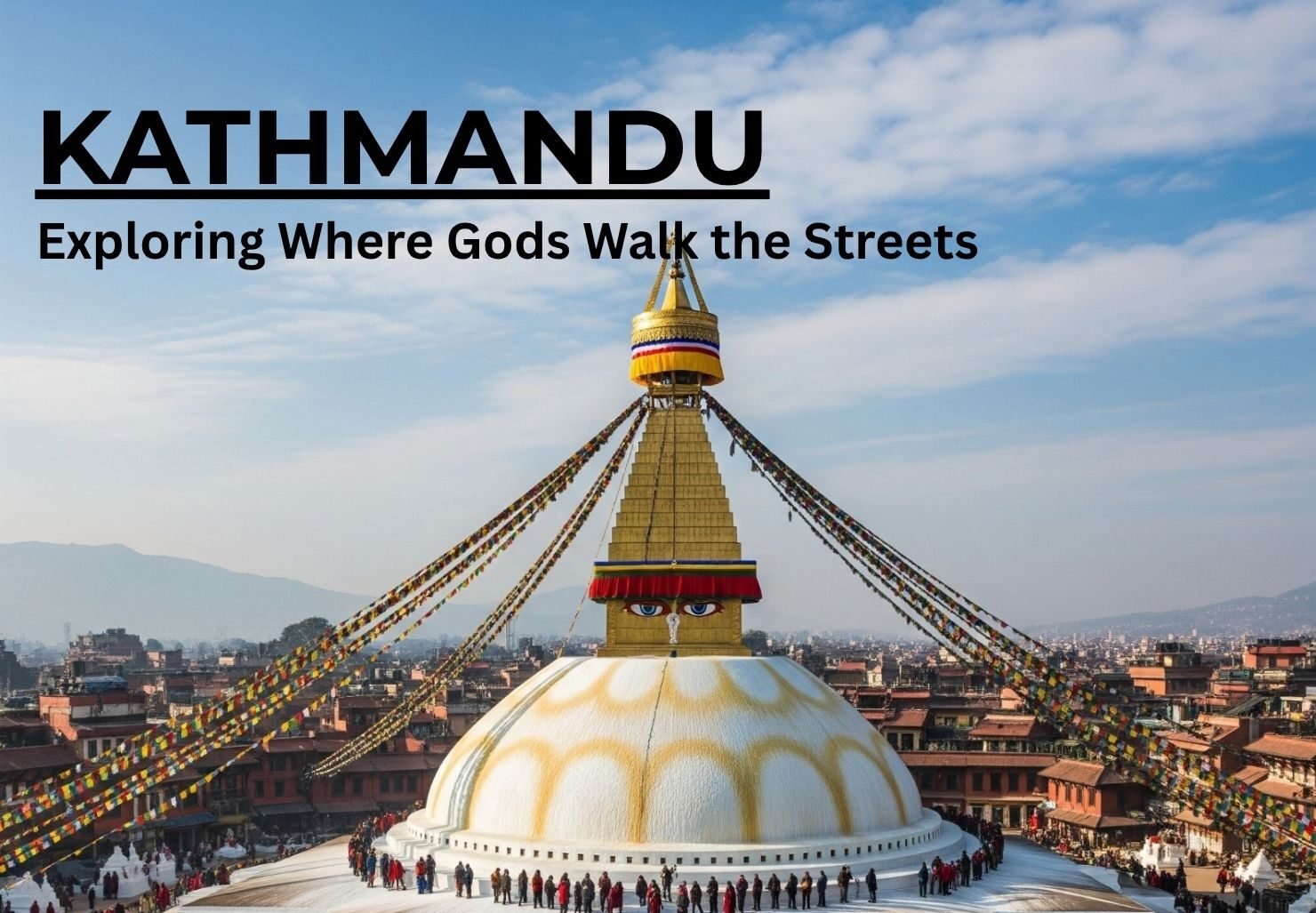The flight from Delhi to Kathmandu is deceptively short. In just over an hour, you leave one capital behind and land in another, but in reality, you’ve traveled across centuries. Kathmandu is not just a city; it’s a living museum, a spiritual epicenter where the lines between Hinduism and Buddhism blur into a beautiful, harmonious whole. I came seeking history etched in stone, but I found it alive in the eyes of a living goddess, in the hands of a master artist, and in the enduring faith of its people.
For those planning to explore this incredible valley, here’s a quick overview. The Kathmandu Valley is comprised of three ancient kingdoms: Kathmandu, Patan (Lalitpur), and Bhaktapur. The top experiences include visiting the great stupas of Swayambhunath and Boudhanath, exploring the Durbar Squares, and witnessing the evening aarti at Pashupatinath Temple. For a truly unique spiritual encounter, seek a blessing from the Kumari of Patan. A key tip: the best way to navigate the ancient, narrow lanes of these cities is by walking or using nimble bike taxis.
From Modern Comfort to Ancient Soul: A Tale of Two Stays
My journey began with a contrast. My first night was at the modern Hilton, a bubble of global comfort. But to truly feel the city, I moved to the Yamba Traditional Homestay. This shift was a metaphor for my entire trip: moving from a surface-level view to an immersive, soulful experience. Waking up in a traditional Newari home, with the sounds of the neighborhood filtering in, was when my real journey began.
The Sacred Hills: Swayambhunath and Boudhanath
My first morning, I walked through the fog to Swayambhunath Stupa. Perched on a hill, its white dome and all-seeing eyes watch over the valley. The air was a mix of fluttering prayer flags, murmured chants, and the chattering of monkeys. It’s a place that feels ancient, with roots possibly stretching back to the 4th century CE.
Later, I visited Boudhanath Stupa, one of the largest in the world. Its massive mandala creates an island of profound stillness amidst the city’s traffic. As I walked around it, spinning the prayer wheels, I learned that it enshrines the relics of Kashyapa Buddha, a figure revered by Buddhists worldwide. This is where you understand the deep Buddhist heritage of the Newar civilization, the valley’s indigenous inhabitants.
The Royal Heart: Durbar Squares and a Living Goddess
The Kathmandu Valley is unique for its three Durbar Squares, one for each ancient kingdom. These squares are not sterile monuments but vibrant public spaces. Many structures, damaged in the devastating 2015 earthquake, were painstakingly reconstructed using detailed 1845 sketches made by a visiting Prince of Prussia, Waldemar—a beautiful story of global heritage preservation.
In Patan, I had one of the most profound experiences of my life: meeting the Kumari. In Nepal, the Kumari is a prepubescent girl selected as a manifestation of the divine female energy, a living goddess. After booking a time for darshan, I was led into a quiet courtyard. She appeared, adorned in red and gold, her feet painted. She didn’t speak, but her silent, steady gaze felt like a powerful blessing. It’s a tradition that challenges your modern sensibilities and asks you to simply believe.
Art, Life, and Death on the Riverbank
My journey into the valley’s soul deepened at a studio where I met a master artist, Lok Chitrakar. He is working to preserve Paubha painting, an intricate Nepali art form that is the precursor to the more famous Tibetan Thangka. He explained that while the techniques are related, Paubha has its own unique spiritual and artistic lineage.
This lesson in living art was followed by an immersion in life’s final ritual at Pashupatinath Temple. Dedicated to Lord Shiva, this sacred temple complex, first built around 400 CE, sits on the banks of the Bagmati River. As I watched the evening aarti, its fire and faith reflecting on the water, a funeral pyre burned steadily nearby. Watching a body return to the elements with such open, public ritual was not morbid; it was a deeply humbling lesson in the Hindu acceptance of life’s sacred cycle.
A Conscious Traveler’s Guide to the Kathmandu Valley
- Best Time to Visit: The weather is most pleasant from October to December and March to May.
- Respectful Darshan: When visiting the Kumari or entering temples, dress modestly, remove your shoes, and always ask before taking photos. Do not photograph cremation ceremonies.
- Navigate Like a Local: The streets of Patan and Bhaktapur are too narrow for cars. Embrace walking or hire a bike taxi for an authentic experience.
- Be Humble and Open: You are a guest. I had a day where all my plans fell apart, and it was my new friend Neelima, a local climate worker I met for coffee, whose kindness saved the day. Embrace the city’s gentle chaos.
- Support Local Art: Seek out authentic Paubha artists or Thangka painters to support the preservation of these incredible traditions.
A Final Reflection
I came to Kathmandu for its history, its temples, and its mountains. But what I found here was a sense of timeless belonging. It’s a place where a child goddess doesn’t speak, yet blesses you with her gaze. Where you can sip tea while watching a 5th-century water spout (hiti) still in use. Where people believe without questioning and love without conditions.
In Kathmandu, the divine isn’t confined to temples; it walks the streets, lives in the homes, and breathes in the very air you breathe.

Leave a Reply